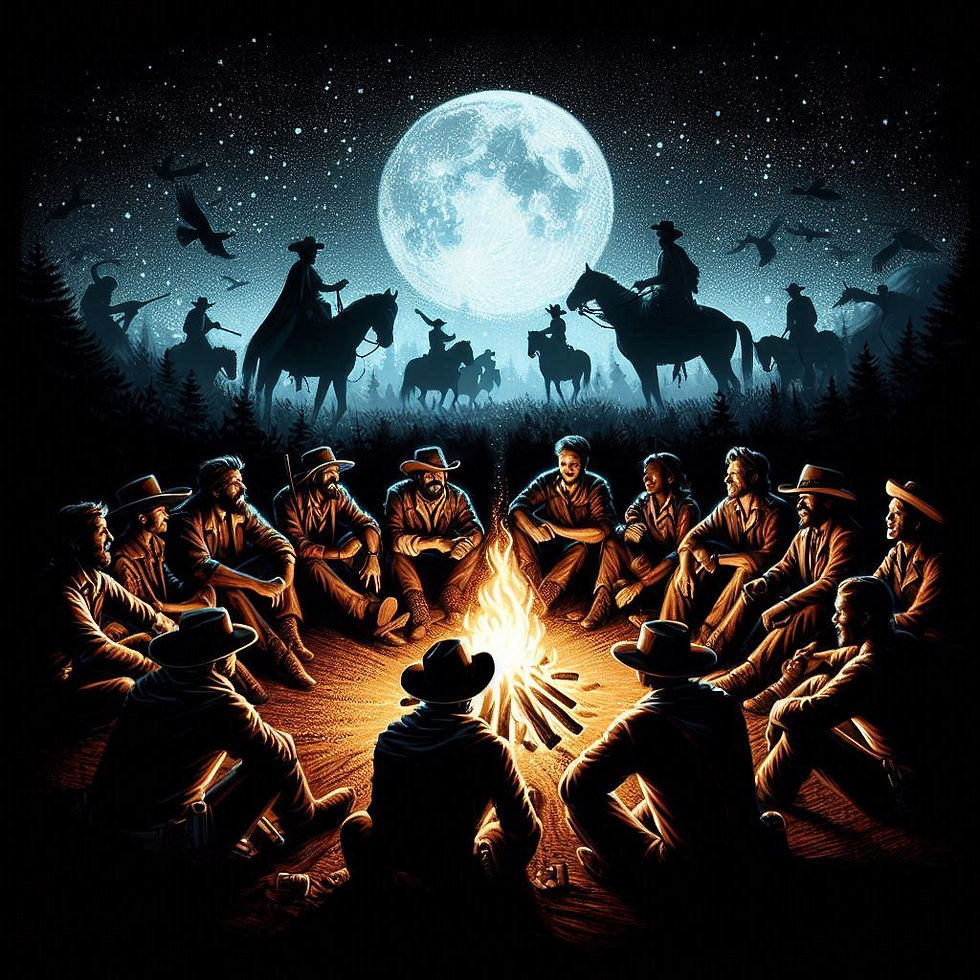Unveiling the Rich Tapestry of Semana Santa: A Cultural and Artistic Journey Through the History and Evolution of the Spanish Tradition
- Franco Arteseros
- Apr 16
- 4 min read
Semana Santa, or Holy Week, stands as one of the most important religious and cultural events in the Spanish-speaking world, and especially in Spain. Each year, this vibrant event draws thousands of people together, blending tradition, devotion, art, and history. As we explore the origins, transformations, and cultural significance of Semana Santa, we discover a living testament to both spiritual observance and artistic expression that continues to resonate deeply with communities.

Origins of Semana Santa
The origins of Semana Santa can be traced back to the Middle Ages, when the Catholic Church aimed to engage the faithful in the observance of Christ's Passion. The earliest recorded processions took place in Seville, Spain, during the 16th century. Initially, these events featured simple representations to remind participants of Jesus Christ's suffering. For example, in Seville, the hermandades (brotherhoods) began to coordinate processions to foster communal participation.

The observances evolved over time. By the late 16th century, various hermandades formed with unique identities rooted in local customs. An essential aspect of their work involved the creation of beautiful floats, or pasos, which soon became communities' visual expressions of faith. In Seville alone, over 60 different hermandades participate in Semana Santa processions, each with specific artistic and cultural contributions.
The Historical Evolution
Semana Santa has seen significant changes throughout history that mirror broader societal transformations. In the 17th century, during the flourishing Baroque period, artistry reached new heights. Processions became more elaborate, featuring finely decorated pasos that showcased intricate sculptures and artwork from renowned artists.

For example, the famous Spanish painter Francisco de Goya depicted many of these processions in his artwork, capturing their emotional intensity and grandeur. During the 19th century, Spain faced modernization and political upheavals, yet Semana Santa preserved its cultural richness while adapting to contemporary artistic styles. The incorporation of musicians and performers added layers of engagement to the solemn observances, enhancing the community experience.
Cultural Impact in Spanish Art
The influence of Semana Santa on Spanish art is extensive and profound, providing a unique platform for cultural expression. Artists use Semana Santa as inspiration for their works, reflecting the intense emotions and intricate symbolism present during the processions. For example, the stunning floats that carry images of saints and the Virgin Mary are not only religious symbols but also magnificent pieces of art, showcasing the craftsmanship of local artisans.

One cannot underestimate the impact of Semana Santa on modern art and design. Contemporary artists draw from the rich visual language established in previous centuries. For instance, the use of vibrant colors and elaborate designs can be seen in modern interpretations of traditional Semana Santa motifs. Moreover, literature and cinema also draw inspiration from this cultural phenomenon, with many writers and filmmakers exploring themes of suffering, redemption, and spirituality, capturing the essence of Semana Santa for wider audiences.
The Future of Semana Santa
Looking ahead, Semana Santa stands at a crossroads shaped by globalization and cultural exchange. While this tradition remains deeply rooted in local communities, it faces challenges from external influences that may prompt adaptations. The younger generation is increasingly interested in preserving their heritage while integrating contemporary culture. For instance, polls indicate that 70% of Spanish youth find value in participating in traditional cultural practices, marking a hopeful trend for the future of Semana Santa.

Technology has also entered the festivities, with live broadcasts and social media engagement helping to highlight the significance of Semana Santa beyond local borders. As communities embrace these platforms, the challenge lies in maintaining the tradition's solemnity while leveraging new ways to showcase its beauty and importance.

Preserving the artistic craftsmanship associated with Semana Santa is essential. Artisans and artists play a vital role in passing down their skills to ensure that the quality and beauty of the representations remain unaltered. Programs aimed at educating younger audiences about the history and significance of Semana Santa can deepen appreciation and understanding, fostering a new generation of devotees and artists.

The Heart of Semana Santa

Semana Santa is not merely a religious event; it embodies Spain's rich artistic and cultural heritage. Its evolution over centuries highlights a dynamic interplay between community, spirituality, and artistry, captivating not only the faithful but all who experience its splendor.
As we celebrate this remarkable tradition, we must acknowledge our shared responsibility to preserve such cultural legacies for future generations. The stories behind the art and the historical significance of this week should resonate, inspiring creativity and devotion in equal measure.

The future of Semana Santa is bright. As communities and artists come together, we can anticipate a beautiful blend of tradition and innovation. In this celebration of faith and artistry, we can find both continuity and change, reminding us that traditions are vital in uniting us all.

FRANCO ARTESEROS...








Comments